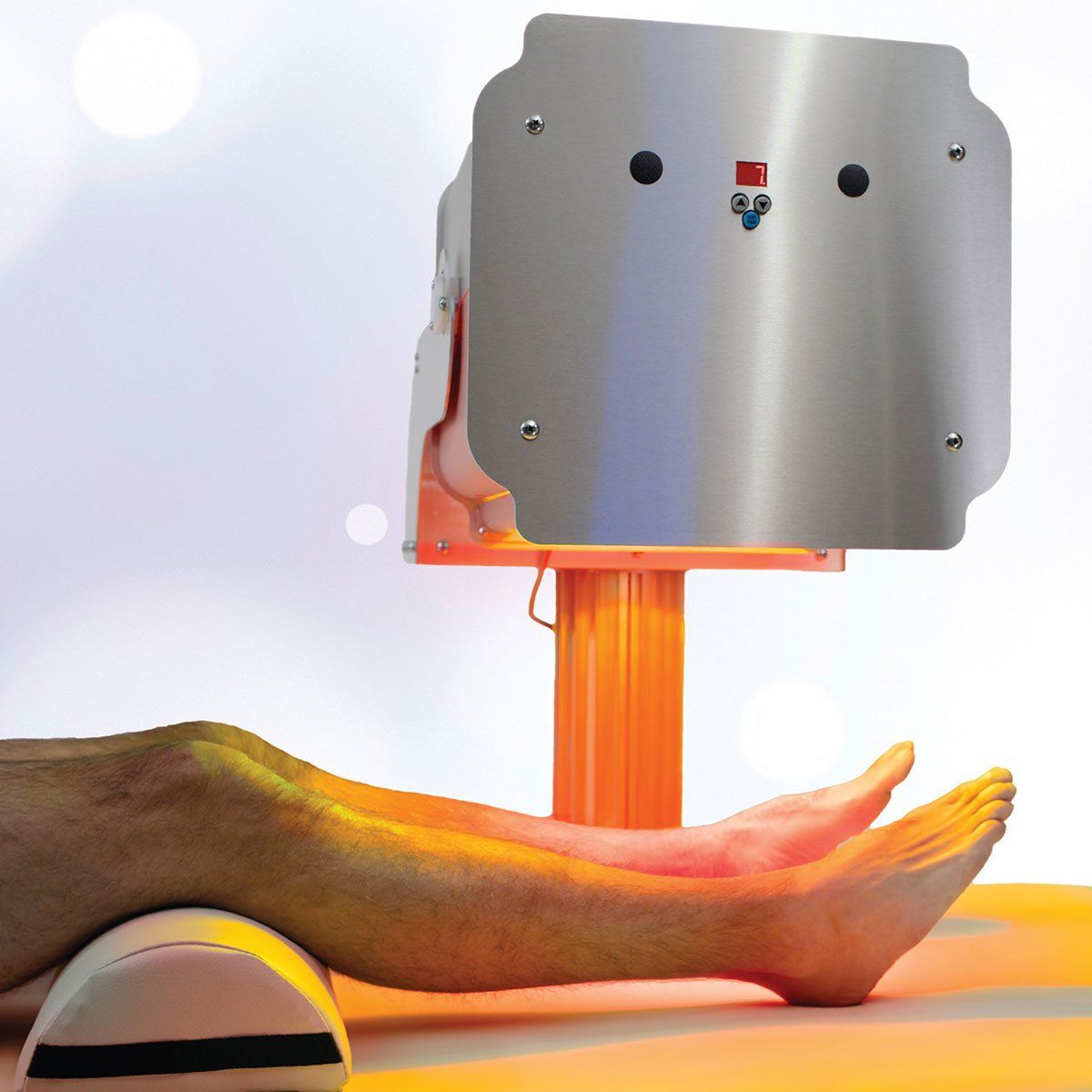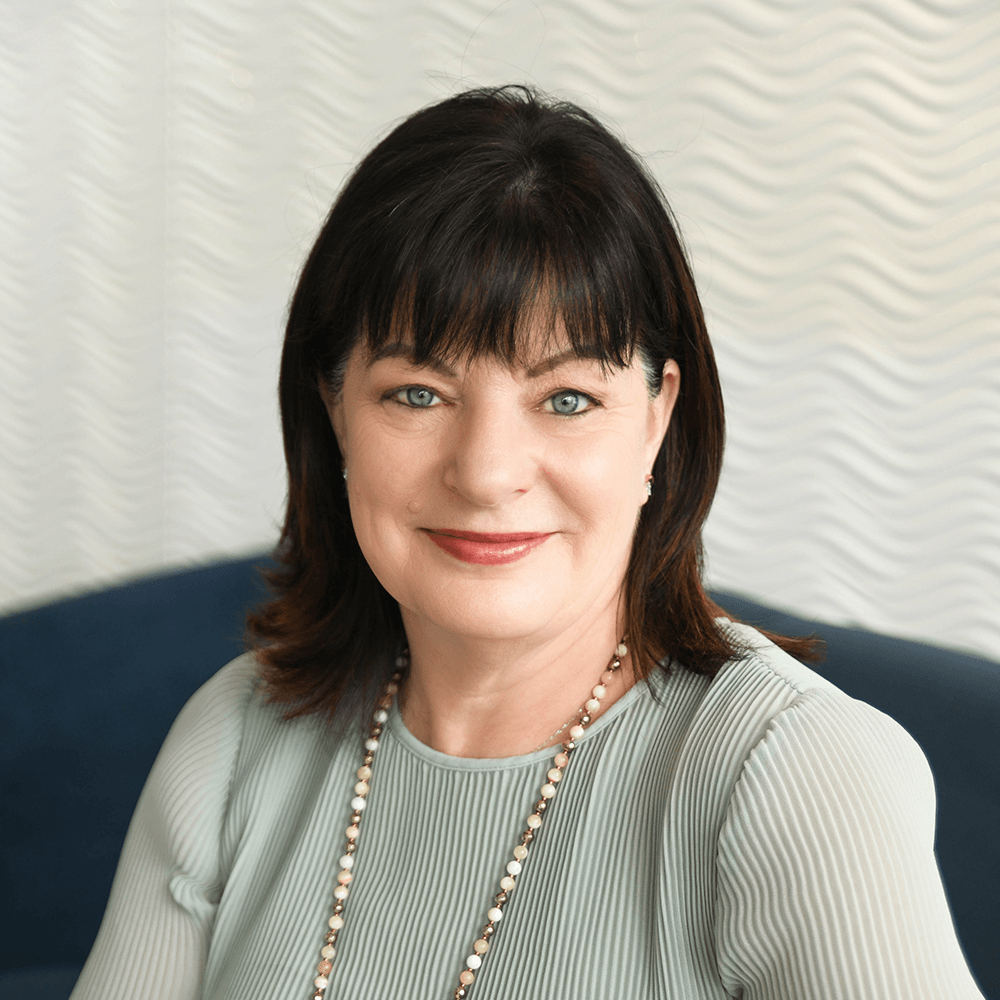Light Therapy
ABOUT
UVB Phototherapy (Vitamin D Light Therapy)
A Naturally effective source of Vitamin D for general health, and especially for those with problems absorbing Vitamin D in the digestive system, caused by conditions such as: Cystic Fibrosis – Kidney/Liver Disease – Bowel Resection Crohn’s Disease – Gastric Bypass Surgery, Inflammatory Bowel Disease (IBD) – Lyme Disease. Coping with these diseases can be enhanced by restoring normal healthy Vitamin D levels.
In addition, “Narrowband” UVB has become the phototherapy treatment of choice for psoriasis, vitiligo, and eczema because it delivers the largest amounts of the most beneficial wavelengths of UV light, while minimizing the potentially harmful wavelengths.
Our UVB Phototherapy can help you treat:
Psoriasis
Vitiligo
Vitamin D Deficiency
Eczema
What Are The Benefits?
UVB improves skin diseases because the immune cells of the skin, overactive in many skin diseases, are shut down by UVR. Also, there is increasing evidence that Vitamin D protects against the development of many chronic diseases.
UVB Phototherapy can produce the equivalent of up to 25,000 IU of oral Vitamin D.
Boost Cell Energy
Optimum Vitamin D levels boost energy transportation within cells increasing cell proliferation.
Essential to Human Health
Vitamin D protects against the development of many chronic diseases including cancer (breast, colorectal, prostate), cardiovascular disease, multiple sclerosis and many more.
Non Invasive Treatment
This is a painless, non-surgical procedure, which uses light technology as its core to healing.
Treatments
UVB Phototherapy (Vitamin D Light Therapy)
The actual UVB Phototherapy treatment lasts a maximum of 6.40 minutes or as low as 2 minutes, depending on your skin type assessment.
The overall session time is within 15 minutes.
Menu

Frequently Asked Questions
ABOUT
NIR Photobiomodulation Therapy (LLLT)
This therapy uses Collagentex Low Level Cold Laser Medical Device to induce photobiomodulation in the body. It uses a non-harmful red light, concentrated at certain wavelengths, that targets the chromophores in cellular mitochondria, often called the “powerhouse of the cell” , ultimately promoting cell proliferation, the process whereby cells divide and replace damaged or dead cells. In damaged tissue, photobiomodulation helps increase the body’s natural healing process.
What is NIR Photobiomodulation Therapy?
It is a form of Light Therapy - it’s a mouth-full, but it’s not as complicated as it sounds.
The word can be broken down in these three parts:
Photo: Refers to light. Bio: Means life. Modulation: A way to express change.
Photobiomodulation, then, is the use of light (in this case near infrared)
to initiate a change in life.
Our NIR Photobiomodulation therapy can help you treat:
Pain Management Therapy
Back & Neck Pains
Micro Ruptured Ligaments
Carpal Tunnel Pain
Achilles Heel
Golfers Elbow
Tendonitis
Rheumatoid Pain
Wide Exposure Wound Healing
Diabetic Foot Ulcers
Pressure Sores
Open, Non-healing Wounds
Peripheral Neuropathy
Cancer Therapy Side Effects
Inflammation
Infection Control In Toes
Orthopedic Post-operative Healing
Enhanced Performance
and Reduced Recovery Time
Sore Joints
Testosterone Boost
Reduce Lactic Acid
Muscle Recovery
Inflammation
Bone Health
The World’s Most Powerful Skin Rejuvenation System
Anti-Aging
Increase Collagen Production
Reduce Wrinkles
Lighten Age Spots
Reverse Sun Damage
Reduce Scar Tissue
Activate PRP and Stem-Cell Injection
What Are The Benefits?
- Anti-inflammatory effects
- Increased cell proliferation
- Increased ATP production
- Increased metabolism intensifying lymphatic drainage and reducing fat cell size
- Replenishing loss due to aging and visibly reduced cellulite
- Reduce pain from aches, sprains, and strains
- Relief from arthritis and reduction in medications
- Increased energy levels
- Heightened awareness and general feeling of well-being
- Improved sleep patterns
- Hair restoration (Males)
- Strengthening of hair and nails
- Reduce fine lines, age spots, and diminish freckles
- Build up lost collagen and reduce cellulite
- Anti-aging effects for vibrant, younger looking skin
- Smooth faces, hips, thighs, buttocks, and upper body
Accelerate Healing
Red and near-infrared light are capable of reaching cells beneath the skin to accelerate the healing of bruises and wounds.
Boost Cell Energy
NIR light increases the function of the mitochondria which increase ATP production. With more energy, cells can function more efficiently, rejuvenate themselves and repair damage.
Non Invasive Treatment
This is a painless, non-surgical procedure, which uses light technology as its core to healing.
Treatments
NIR Photobiomodulation Therapy
Each session is approximately 30 minutes in length and is monitored based on individual needs.
Menu

Frequently Asked Questions
Meet Your Practitioner

Roxane Melançon
Founder, Certified SEQEX® ICR PEMF Practitioner
Roxane is the proud founder of Health Energies Vaughan and is a Certified SEQEX® ICR PEMF Practitioner. Her dream has always been to give back to people. To treat and to help others achieve optimal health and well-being, much like she did, through various forms of holistic medicine and procedures. Roxane has traveled to Italy where the SEQEX® devices were developed and has been mentored by renowned Doctors who pioneered the technology that has helped so many including herself live a pain free life.
Free Consultation
Contact - General Light Therapy - Get In touch
Have some questions ?
We'd love to hear from you, please call or email us and we will be happy to answer any questions you may have.
(905) 303 - 6166
info@healthenergiesvaughan.com


